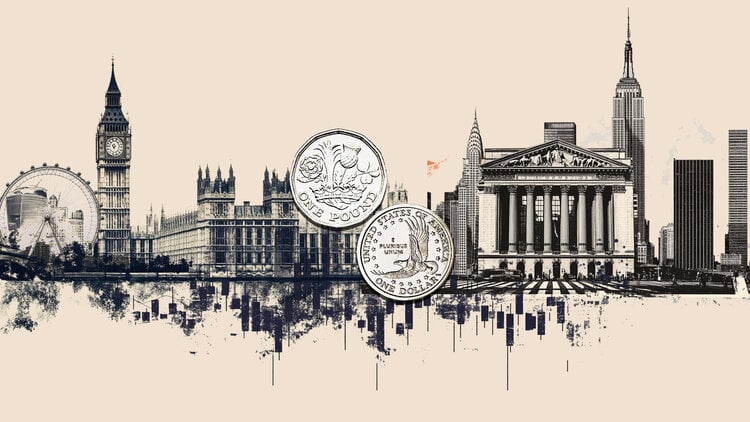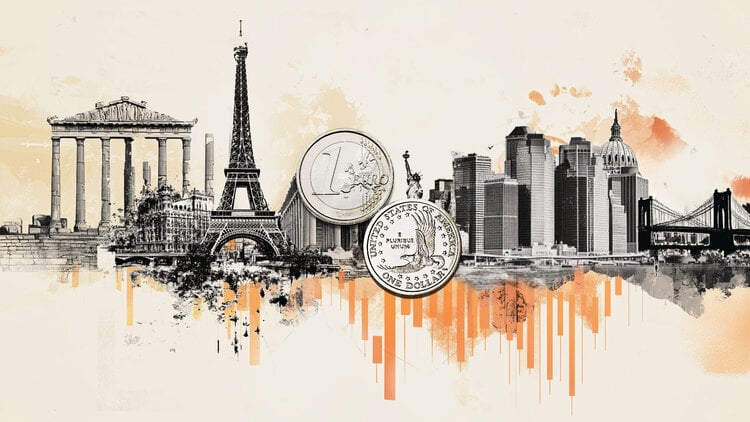Her Eleftherias Kourtali
Although there are still no strong signs that we are heading for a super cycle of commodities, especially base metals, Société Générale’s analysis shows that there is clear evidence that the market structure is declining from recent, “normal” patterns, and that it is approaching trend observed during the last super-cycle of 2002-2008. Therefore, the French bank emphasizes, the supercycle of goods is certainly very likely in the near future, but the take-off is expected from the fourth quarter of 2022, and will concern the base metals.
At the same time, SocGen estimates that the super-cycle of goods that will be driven by the consumption of basic metals in an effort to replace traditional forms of energy will have consequences on the energy front, which is also entering a super-cycle. “We need energy to produce metals,” the French bank said. “If we need more metals to achieve more aggressive targets, we will need even more energy,” he said. and not on the effects of the green transition, surely the steps towards carbonation have exacerbated this situation.
Moreover, as China reduced coal production and consumption to address environmental concerns, this was met with power outages and supply constraints. China reversed its policies very quickly as prices soared, as in some other parts of the world, returning to coal as gas prices soared. This is a very strong indicator that dependence on alternative energy sources after the removal of a significant conventional energy source due to environmental considerations, entails enormous instability in the future. Indeed, the replacement of gas with oil suddenly meant an additional demand for oil of 600 thousand barrels per day during the winter, notes SocGen.
OPEC recently published the World Oil Outlook, according to which the share of oil in the world energy mix will be reduced to 28% by 2045, he adds. However, real demand for oil will continue to rise and the report predicts it will reach 103.6 million barrels per day in 2025 (up from 100.4 million this year, according to SocGen forecasts) and 108.2 million. million by 2045.
Simply put, oil demand is not declining, it is just growing at a slower pace.
In addition, upstream costs (oil exploration and production) have been reduced. In 2020, total spending was lower than in 2006, while global oil demand was 91 million barrels per day, compared to 84 million in 2006. Expenditure in 2022 and 2023, although expected to increase slightly, will still be lower than in 2017.
How governments will further distort the energy market
As SocGen points out, the energy transition means that energy prices will at times be much higher and will be very prone to turmoil. Price trends are likely to be similar to those seen in a super-cycle, but unlike a traditional super-cycle driven by strong demand, this time it will be driven by governments’ efforts to reduce demand. resulting in reduced investment in the oil and gas markets when they are most needed.
As a result, governments will intervene and create new market distortions that will create significant upward pressure on prices and strong volatility. Many governments want to reduce, if not eliminate, fossil fuel consumption, but they also want abundant energy reserves. If the contradictions of the energy transition are addressed only by prices and not by the normalization of policies, then we must expect significant and many energy storms in the near future, as the French bank emphasizes.
Estimates for oil, copper and gold
Oil
In the last two months, a global energy storm has erupted and oil has failed to avoid turmoil. Gas, coal and electricity are in short supply. Oil is different, but due to the replacement of gas with oil, oil is also trapped in the energy storm.
So SocGen is revising upwards its oil price forecast for 2022 by $ 10 / barrel, as the oil market environment becomes more bullish. Brent prices have jumped more than 18% since early September, reaching $ 85.82 a barrel on November 20, the highest level in more than three years. It now predicts that Brent prices will move to $ 80 / barrel in the first quarter of 2022 and to $ 77.5 / barrel on average in 2022.
Copper
As far as copper is concerned, prices have more than doubled since the first quarter of 2020, when COVID hit the global economy, until May 2021, but this impressive rally then stopped and prices have been declining in recent years. six months. SocGen was bearish for copper in the last part of the rally, as it points out and continues to be short to medium term and sees prices hovering at an average of $ 7,500 / tonne in the second quarter of 2022.
In the long run, however, both the supply and demand prospects for copper are extremely bullish, he said. Mining companies are facing lower quality, which will dramatically increase copper mining costs, and capital expenditures on new projects are not enough to mitigate the impending decline. On the demand side, consumption from renewable energy sources, electric vehicles and power grid updates will become the main levers and trigger the rapid increase in copper demand. Thus, its prices on average will move to 12,500 dollars / ton by 2025, while by the end of 2022 they will have already been found at 7,500 dollars.
Gold
Finally, with regard to gold, SocGen notes that the limited profits of 2021, despite low interest rates and high inflation, do not bode well for the future. It maintains a slightly supportive stance in the short term, as it expects monetary and fiscal policy to remain highly accommodating. Indeed, the Fed seems reluctant to raise interest rates any time soon, and this combined with high inflation make it the perfect mix for gold. SG economists see US inflation at 4.4% this year and 3.7% in 2022 with yields on 10-year bonds rising but remaining below 2.0% early next year and rising to 2 , 25% by September 2022.
So SocGen expects gold prices to average $ 1,950 / ounce in the first quarter of 2022 and then gradually fall to $ 1,700 in the fourth quarter as the situation normalizes. Inflation is expected to decline in the second half of next year, while interest rates will rise slowly.
.
I am Sophia william, author of World Stock Market. I have a degree in journalism from the University of Missouri and I have worked as a reporter for several news websites. I have a passion for writing and informing people about the latest news and events happening in the world. I strive to be accurate and unbiased in my reporting, and I hope to provide readers with valuable information that they can use to make informed decisions.







